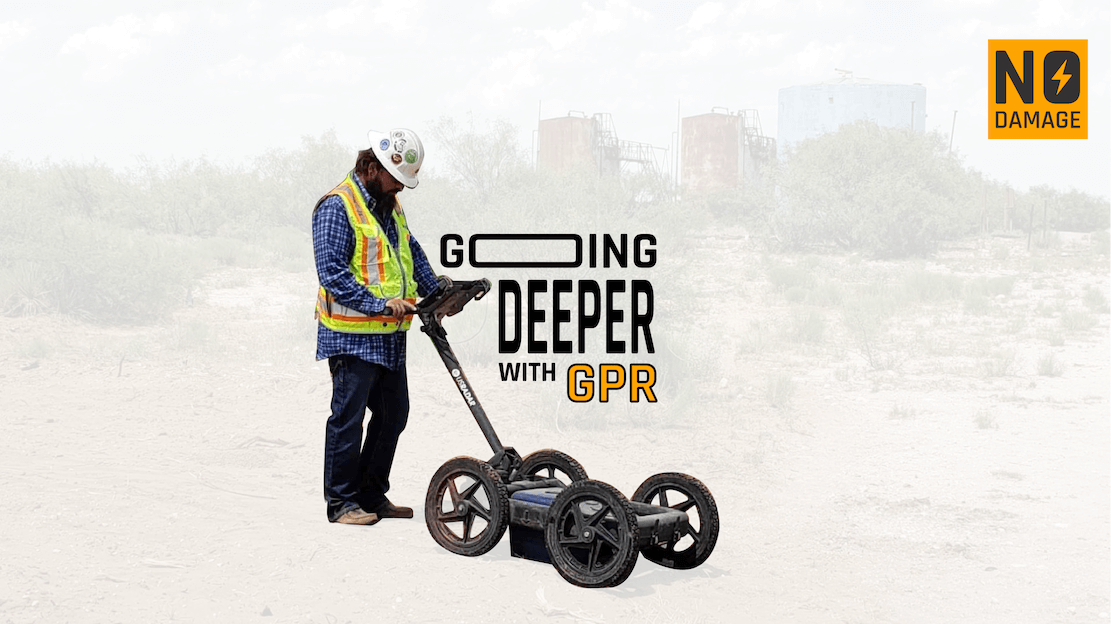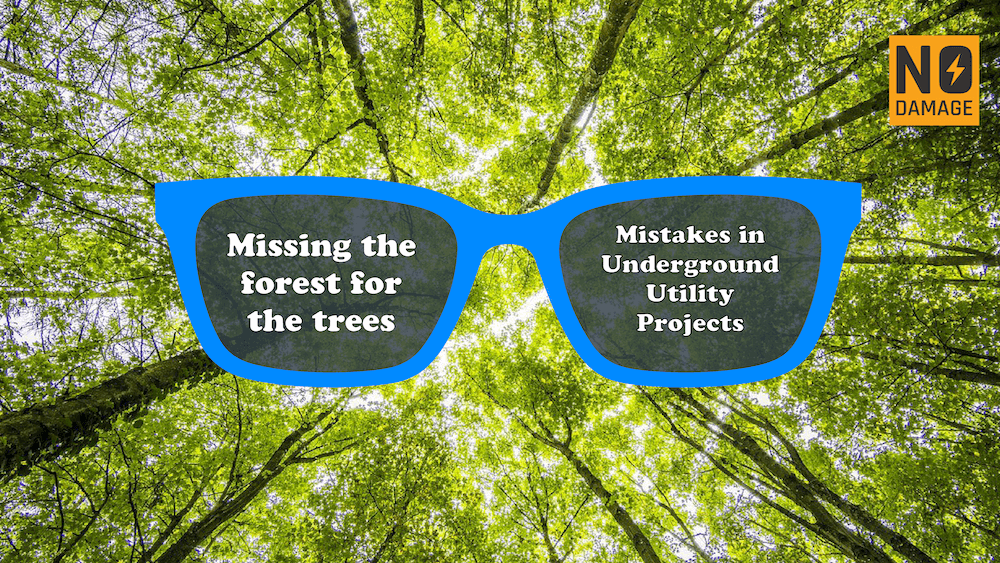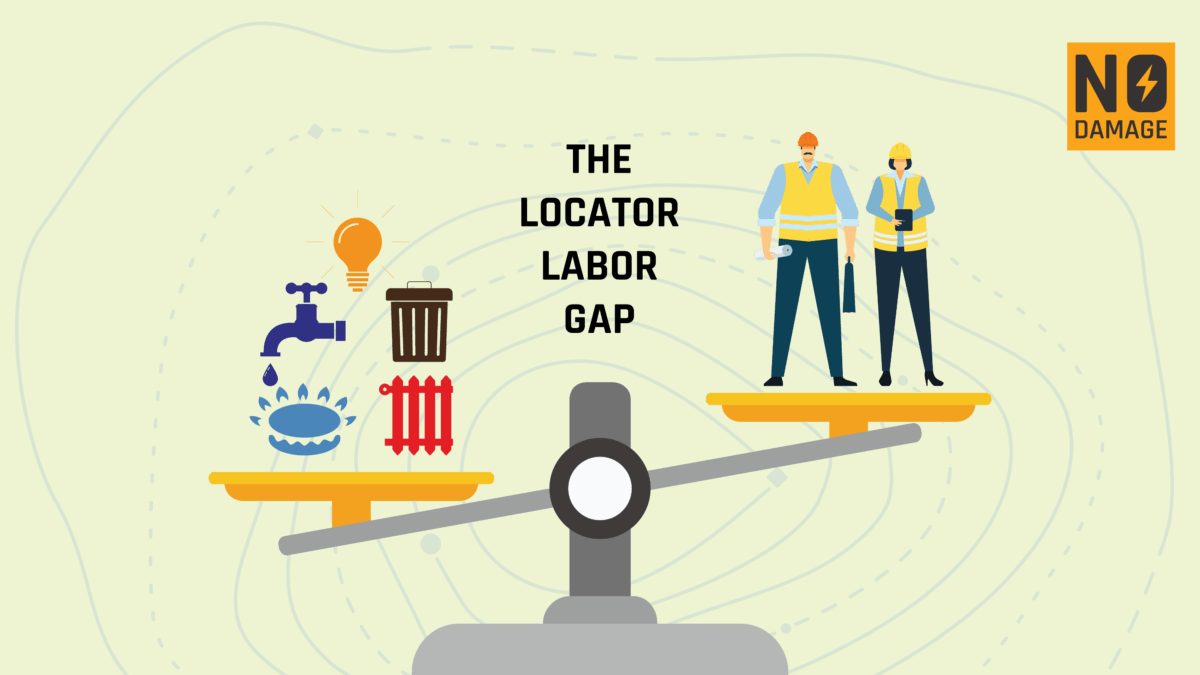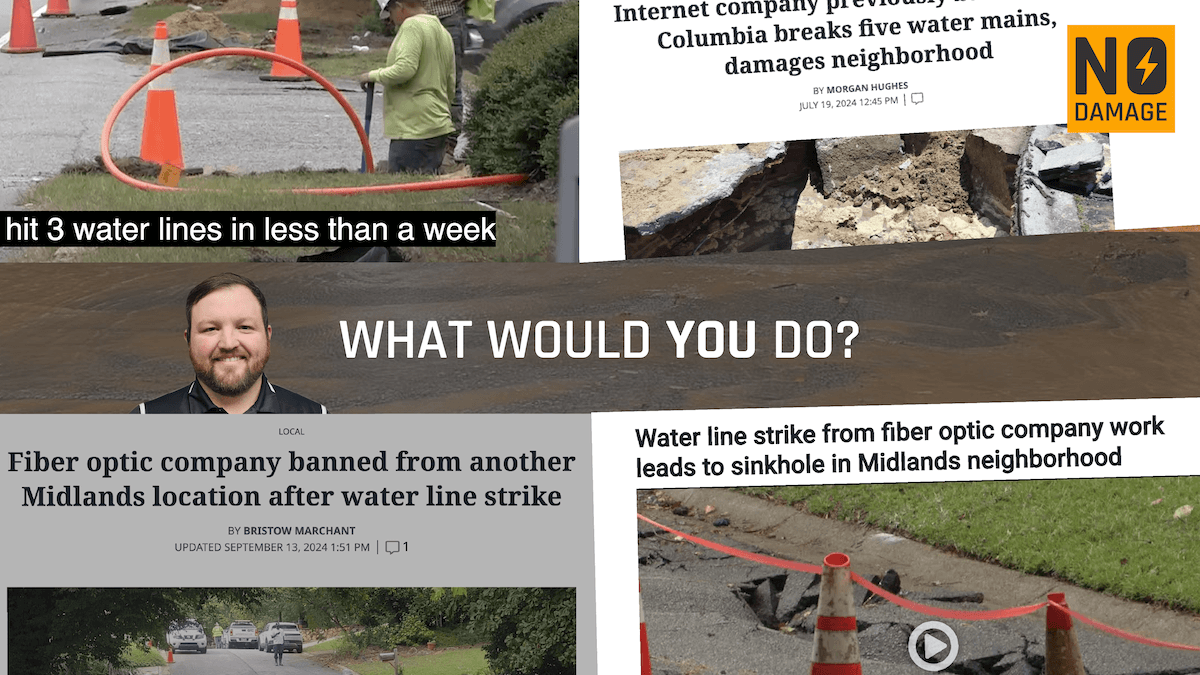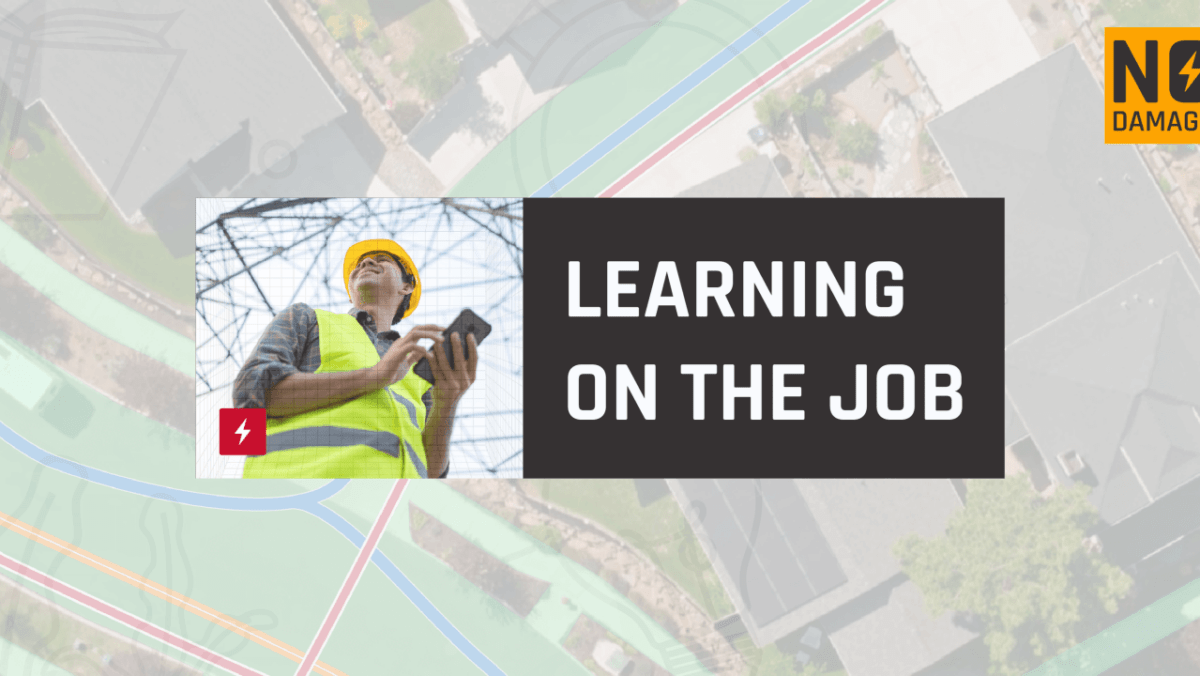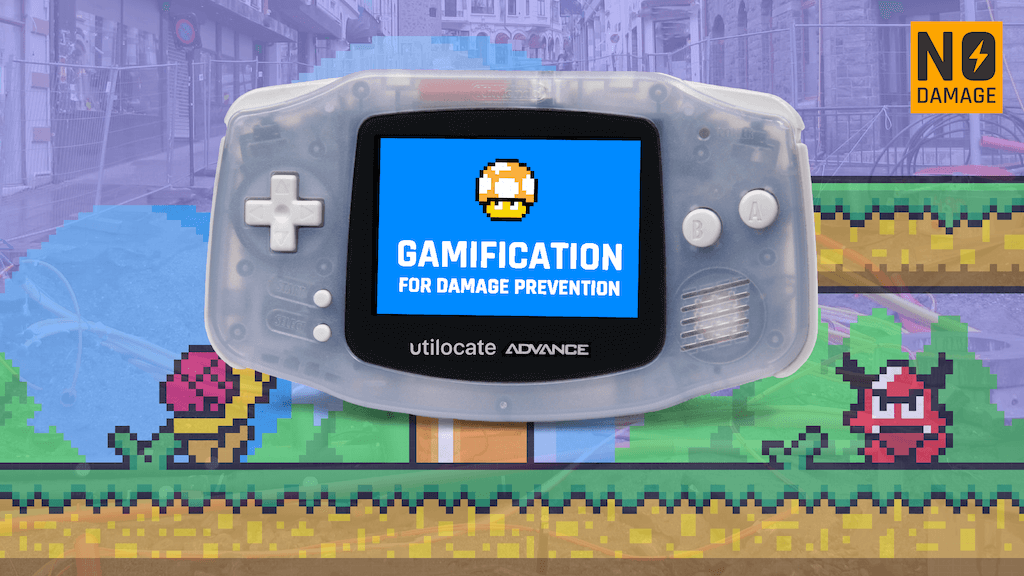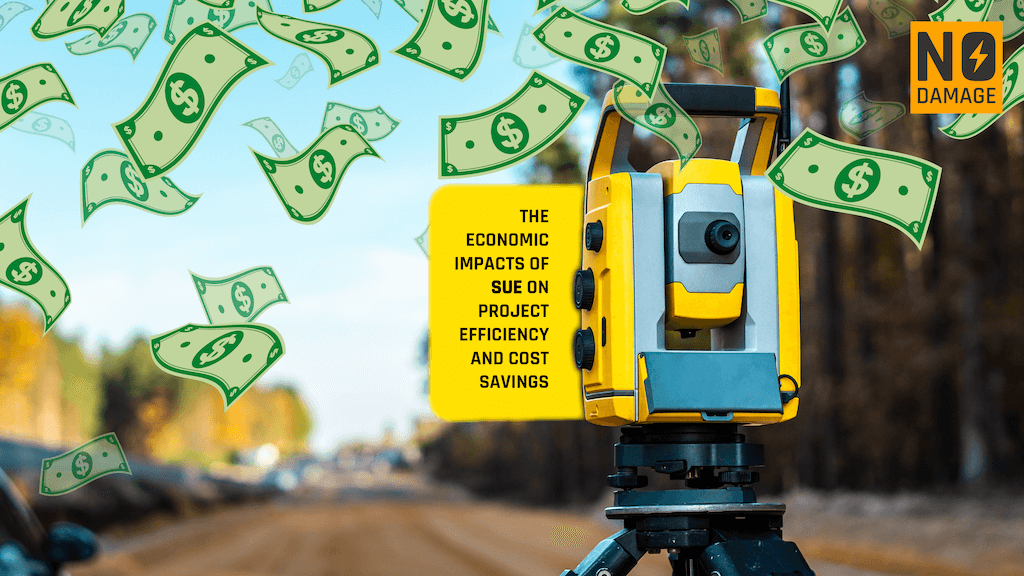I’m always looking to learn more and educate myself – every day truly is a school day for me, which probably means I should have paid more attention in school. Recently, as more customers have been mentioning GPR and sharing the unique ways they’ve been using it, I decided it was time to dive deeper. It’s funny how we often …
AVOID MISTAKES IN UNDERGROUND UTILITY PROJECTS
Recent news from Iowa One Call shows that when it comes to underground utilities, skipping the basics can come with a heavy price tag. They recently handed out $50,000 fines to utilities that failed to properly locate lines before starting work, a reminder that even a little negligence can lead to major consequences. When underground utility locating is done right, …
CAN TECHNOLOGY FILL THE LOCATOR LABOR GAP?
“In 2025, the construction industry will need to bring in nearly 454,000 new workers on top of normal hiring to meet industry demand, and that’s presuming that construction spending growth slows significantly next year.” – ABC I follow some of the BuiltWitt guys and they’re pretty passionate about communicating the labor gap in construction – I think we’ve got a …
COORDINATE, COMMUNICATE, COLLABORATE
Recently I’ve been noticing a lot of digging in areas which were recently dug up – this is super inefficient and increases the risk of damages. Uncoordinated digging can lead to costly mistakes, public inconvenience, and safety hazards. By fostering communication, leveraging technology, and sharing data, we can manage underground utilities more efficiently and ensure the safety of our communities. …
RESPONDING TO NATURAL DISASTERS: HELENE
Natural disasters are an ever-present threat to both people and infrastructure. Hurricane Helene is a stark reminder of the destruction such events can inflict, with widespread utility outages and damage to critical services. As communities recover, the swift mobilization of crews and the safe restoration of power, water, and communication systems become top priorities. However, as we look to the …
WHAT WOULD YOU DO?
I recently came across this article about Lumos Fiber being banned from digging in a community due to repeated utility strikes and damage. As I read through it, I couldn’t help but wonder – what would I do if I were in that company’s shoes? How would I respond to being banned from working in an area because of damage …
LOCATORS LEARNING ON THE JOB
The ability to prevent damage to underground infrastructure hinges on both technical expertise and practical experience. On-the-job learning plays an indispensable role in bridging the gap between formal training and real-world application. Locators who engage in continuous learning on the job are better equipped to navigate the specific challenges of their work environment, such as identifying subtle variations in soil …
STAKEHOLDER COMMUNICATION
Effective and transparent communication is the backbone of safety in the utility industry. In an environment where small oversights can have catastrophic consequences, ensuring that all stakeholders – from utility companies and contractors to locators and excavators – are aligned is paramount. Too often, preventable accidents occur due to gaps in communication, leading to service disruptions, costly repairs, and even …
GAMIFYING DAMAGE PREVENTION
I’ve been using DuoLingo a bit recently and it’s been bringing out my competitive side. I don’t like droppoing out of the leaderboard and I’m not going to let my streak go! I was thinking about how we could apply some of these strategies to our industry and what we might gain from it. To address the damage prevention industry’s …
THE ECONOMICS OF SUE
Subsurface Utility Engineering (SUE) is often hailed as a game-changer in the realm of infrastructure projects, and for good reason. The minimal upfront investment in SUE sets the stage for substantial economic returns over the lifespan of the project. The precise mapping and identification of underground utilities facilitated by SUE not only averts unforeseen interruptions that can throw timelines off …

